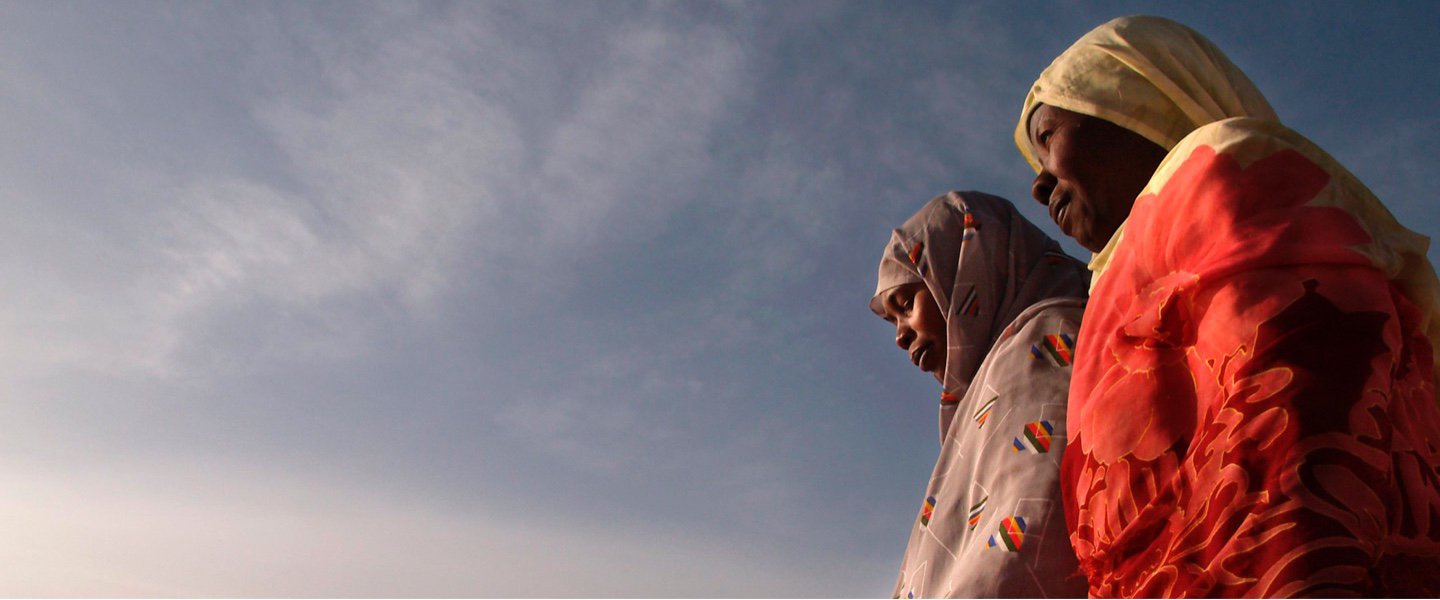The share of pregnant women receiving prenatal care increased from 25% to 31% and fully vaccinated children under-five went up from 41% to 50%, from 2015–17.
From 2015–17, 437,000 children under two years old were fully immunized and the medical cold chain for the entire southern region in the wake of Hurricane Matthew was reestablished.
From 2017–18, 270,000 people benefited from improved and safer water resources by the construction and rehabilitation of water pipes.
From 2012–18, 430,000 buildings were assessed for structural damage, and over 700,000 m3 (cubic meter) of rubble was processed. Major flooding was prevented in earthquake-affected areas by cleaning of canals in Port-au-Prince. More than 70 engineers and 16,000 masons were trained on paraseismic and paracyclonic construction.
From 2014–16, 20 classrooms were constructed in rural areas previously deprived of schools, which allowed over 7,000 students to enroll annually in 61 rural and remote community-based schools.
From 2011–17, 480,000 tuition waivers and daily hot meals were provided to under-served students and 460,000 students in 450 schools were provided with vitamin A, while 240,000 out-of-school children were brought back to schools.
From 2013-18, 214,893 people benefited from the strengthened capacity for disaster risk management at the municipal and national level, including training in drafting disaster management plans for 550 municipal staff. More than 90% percent of the beneficiaries were satisfied with the national government’s preparation for future disasters.
Key Achievements
Results

INDICATORS
Life expectancy at birth, total (years)
Debt
Results Stories
Projects

News Updates
Related Documents
Key Achievements
The share of pregnant women receiving prenatal care increased from 25% to 31% and fully vaccinated children under-five went up from 41% to 50%, from 2015–17.
From 2015–17, 437,000 children under two years old were fully immunized and the medical cold chain for the entire southern region in the wake of Hurricane Matthew was reestablished.
From 2017–18, 270,000 people benefited from improved and safer water resources by the construction and rehabilitation of water pipes.
From 2012–18, 430,000 buildings were assessed for structural damage, and over 700,000 m3 (cubic meter) of rubble was processed. Major flooding was prevented in earthquake-affected areas by cleaning of canals in Port-au-Prince. More than 70 engineers and 16,000 masons were trained on paraseismic and paracyclonic construction.
From 2014–16, 20 classrooms were constructed in rural areas previously deprived of schools, which allowed over 7,000 students to enroll annually in 61 rural and remote community-based schools.
From 2011–17, 480,000 tuition waivers and daily hot meals were provided to under-served students and 460,000 students in 450 schools were provided with vitamin A, while 240,000 out-of-school children were brought back to schools.
From 2013-18, 214,893 people benefited from the strengthened capacity for disaster risk management at the municipal and national level, including training in drafting disaster management plans for 550 municipal staff. More than 90% percent of the beneficiaries were satisfied with the national government’s preparation for future disasters.


